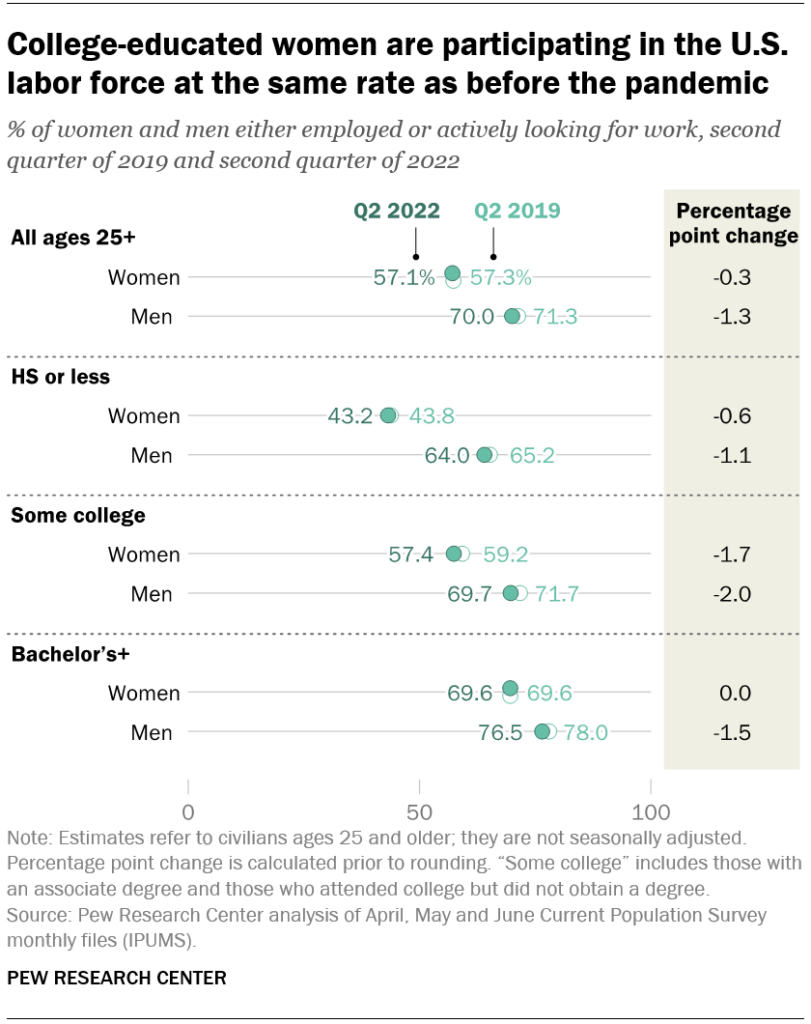Link: https://www.governing.com/work/government-worker-shortages-worsen-crisis-response
Graphic:

Excerpt:
States and cities all over the country have seen a loss of workers over the past several years, and many are struggling to hire new ones. According to the Bureau of Labor Statistics, state and local governments lost more than 600,000 workers between the start of the pandemic and June of this year. Those shortages have begun to affect basic services, including many that are critical to safety and quality of life. According to a Center for American Progress report from March, there were 10,000 fewer water and wastewater treatment plant operators in 2021 than there were in 2019.
…..
The obvious reason why governments have struggled to hire and retain workers over the past few years, says Brad Hershbein, senior economist and deputy director of research at the W.E. Upjohn Institute for Employment Research, is that they can’t improve pay rates as quickly as the private sector can in response to worker demands for better wages. Another reason is that lots of government work has become newly politicized during the pandemic — public workers can be “heroes one day and villains the next,” he says. And a third factor is that staff shortages tend to make work that much more difficult for people who remain, contributing to unattractive working conditions.
“The burnout gets worse,” Hershbein says. “You get a spiral, where fewer people are stuck trying to handle the same amount of work and the whole thing collapses. That’s a real risk at a lot of agencies.”
Author(s): Jared Brey
Publication Date: 3 Oct 2022
Publication Site: Governing



